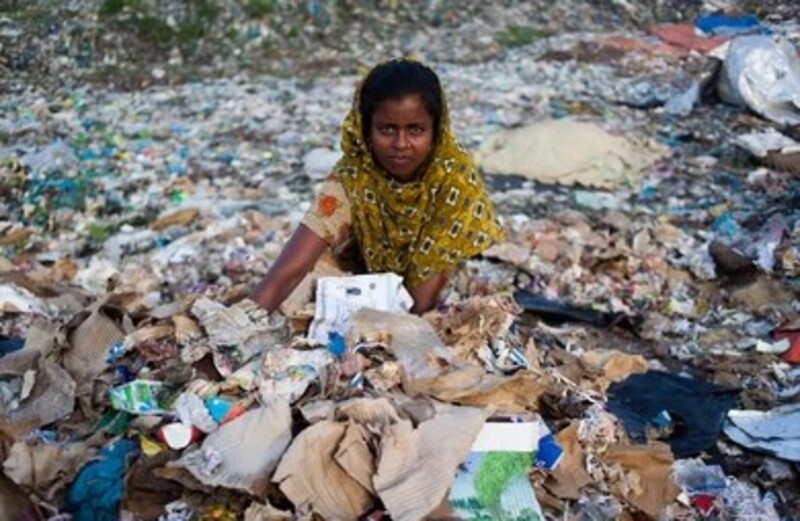The World Bank stated on Sunday that air pollution in Bangladesh is preventing this South Asian country from growing economically and is also responsible for the early death and illness of many.
According to a survey by the international lender, pollution was the second-leading cause of death and disability in 2019 and reduced gross domestic product by 3.9% to 4.4%.
Air pollution affects everyone and everything
According to World Bank estimates, air pollution killed 78,145 to 88,229 people in that year. Dhaka, the nation’s capital, has the worst air quality.
Everyone is at risk from young children to the elderly due to ambient air pollution, according to Dandan Chen, acting country director for Bhutan and Bangladesh. For the nation’s development to be sustainable and green, addressing air pollution is essential.
According to the report, areas of Dhaka, the largest city in Bangladesh, with significant construction and ongoing traffic have fine particulate matter levels comparable to smoking 1.7 cigarettes per day.
According to the research, Sylhet has the lowest pollution levels.
WHO says air pollution is cause of early death of people
According to a March World Health Organization analysis of 6,475 cities, not a single nation will be able to achieve the WHO’s air quality benchmark in 2021. In some areas, smog even increased after a drop caused by COVID. So, it’s not just Bangladesh in that region.
After revising its recommendations last year and stating that even low concentrations of microscopic, dangerous airborne particles, known as PM2.5, posed serious health hazards, the WHO now advises that readings be no higher than 5 micrograms per cubic meter on an annual average.
Statistics gathered by IQAir, a Swiss business that monitors air quality and uses pollution technologies, only 3.4% of the assessed towns reached the threshold in 2021. PM2.5 readings as high as 93 cities were 10 times the advised range.
Many nations are making significant reductions. China began off with some very large numbers, but they have been steadily declining. However, there are also regions of the world where it is significantly getting worse.
It’s not just Bangladesh
According to the data, India’s total pollution levels increased in 2021, and New Delhi continued to be the most polluted capital in the world. The most polluted nation was – and still is – Bangladesh, which remained the same as the year before. Chad came in second when data from the African nation was added for the first time.
China, which has been fighting pollution since 2014, dropped from 14th to 22nd place in the PM2.5 rankings in 2021, according to IQAir, with average readings rising slightly over the course of the year to 32.6 micrograms.
China’s poorest-performing city was Hotan in Xinjiang’s northwest, where average PM2.5 readings of more than 100 micrograms were primarily due to sandstorms.
As a result of Bhiwadi and Ghaziabad, two Indian cities, overtaking it, it dropped to third place on the list of the world’s most polluted cities.

